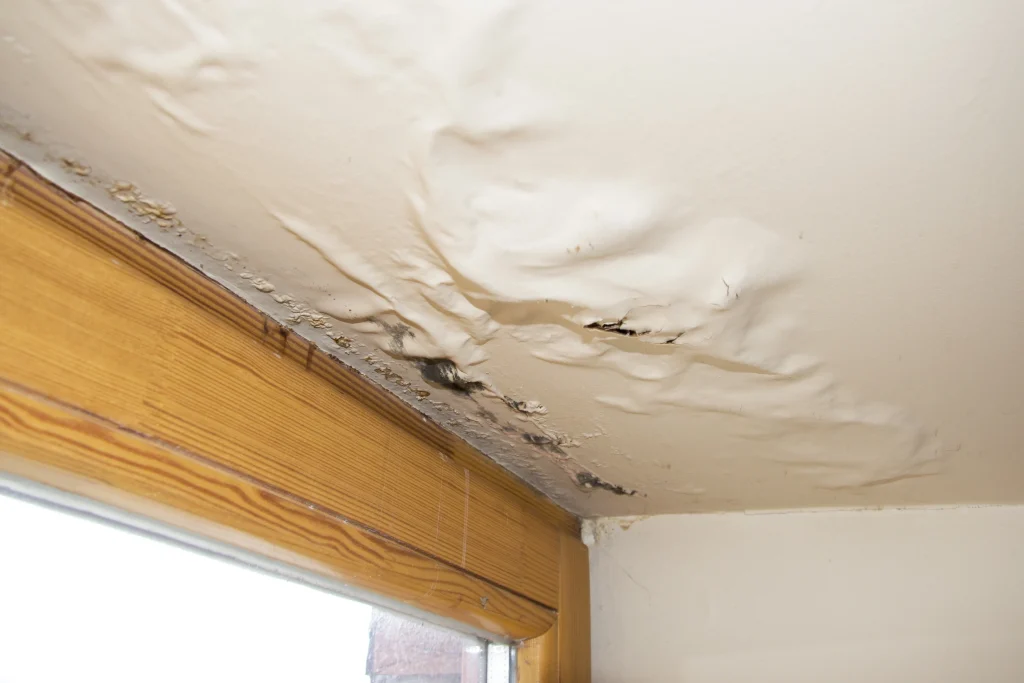Roof replacement is a significant investment that homeowners undertake to ensure their property’s protection and longevity. However, the process of replacing a roof can expose the interior of the house to various risks, with water damage being one of the most common concerns. In this article, we will explore the potential causes of water damage during roof replacement, strategies to prevent such damage, and remedies if water infiltration occurs.

Understanding the Causes of Water Damage During Roof Replacement:
- Weather Exposure: During the roof replacement process, the house’s interior becomes vulnerable to weather elements, such as rain, snow, or hail. If proper precautions are not taken to secure the exposed areas, water can seep through and cause damage to the interior structures and finishes.
- Removal of Old Roofing Materials: When the old roofing materials are removed, the underlying sheathing or decking becomes exposed. If rain occurs during this stage, moisture can infiltrate the unprotected areas, leading to potential water damage.
- Improperly Installed Temporary Covers: Roofing contractors often use temporary covers, such as tarps or plywood, to protect the exposed areas during roof replacement. If these covers are not adequately secured or installed, water can find its way underneath and cause water damage.
Strategies to Prevent Water Damage During Roof Replacement:
- Weather Monitoring and Planning: Keep a close eye on the weather forecast and plan the roof replacement accordingly. If rain or adverse weather is predicted, consider rescheduling the project to avoid potential water damage.
- Temporary Roof Covers: Ensure that proper temporary roof covers are installed and secured before starting the roof replacement process. Use high-quality tarps or plywood to provide a reliable barrier against water infiltration.
- Work in Sections: If possible, work on the roof replacement in smaller sections. This approach allows you to complete one section before moving on to the next, minimizing the exposure of the interior to weather elements.
Remedies for Water Infiltration During Roof Replacement:
- Identify and Repair Leaks: If water damage occurs during roof replacement, promptly identify the sources of leaks and water infiltration. Addressing the issues as soon as possible can prevent further damage to the interior of the house.
- Dry and Dehumidify: If water damage is detected, it’s essential to dry out the affected areas thoroughly. Use dehumidifiers and fans to remove excess moisture and prevent mold growth.
- Inspect and Replace Damaged Materials: Inspect all interior structures and finishes for damage. Replace any compromised materials to restore the integrity of the interior.
Conclusion:
Water damage during roof replacement is a legitimate concern, but with proper planning, precautionary measures, and prompt action, it can be mitigated and managed effectively. Weather monitoring, reliable temporary roof covers, and smaller work sections prevent water infiltration during roof replacement. Swiftly fixing leaks, drying, dehumidifying, and replacing materials are crucial to protect the house interior after water damage. By following these strategies and remedies, homeowners can ensure a successful roof replacement project with minimal risk of water damage. Choose reputable roofing contractors prioritizing precautions to safeguard your home during the replacement process.



Leave a Reply